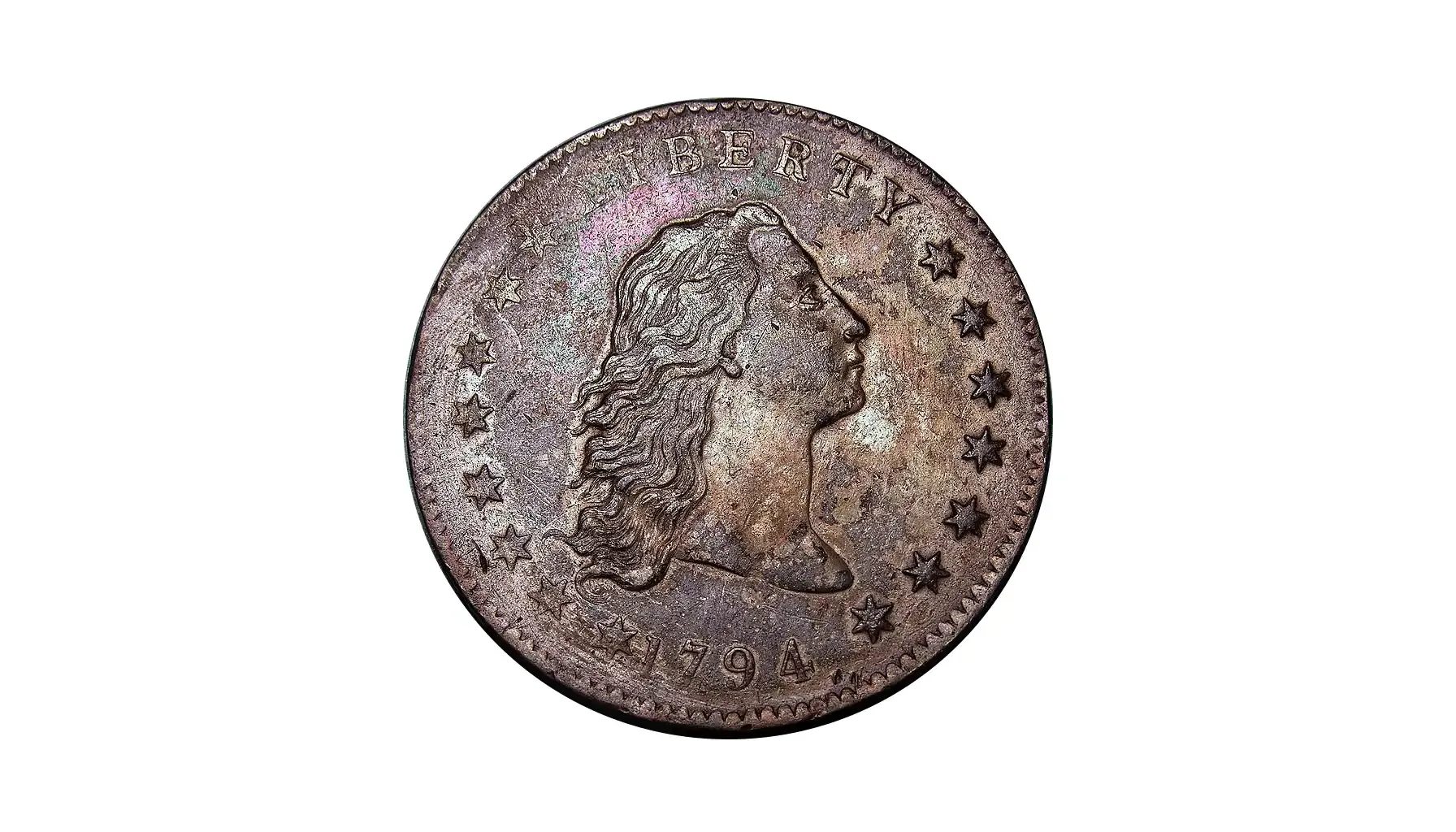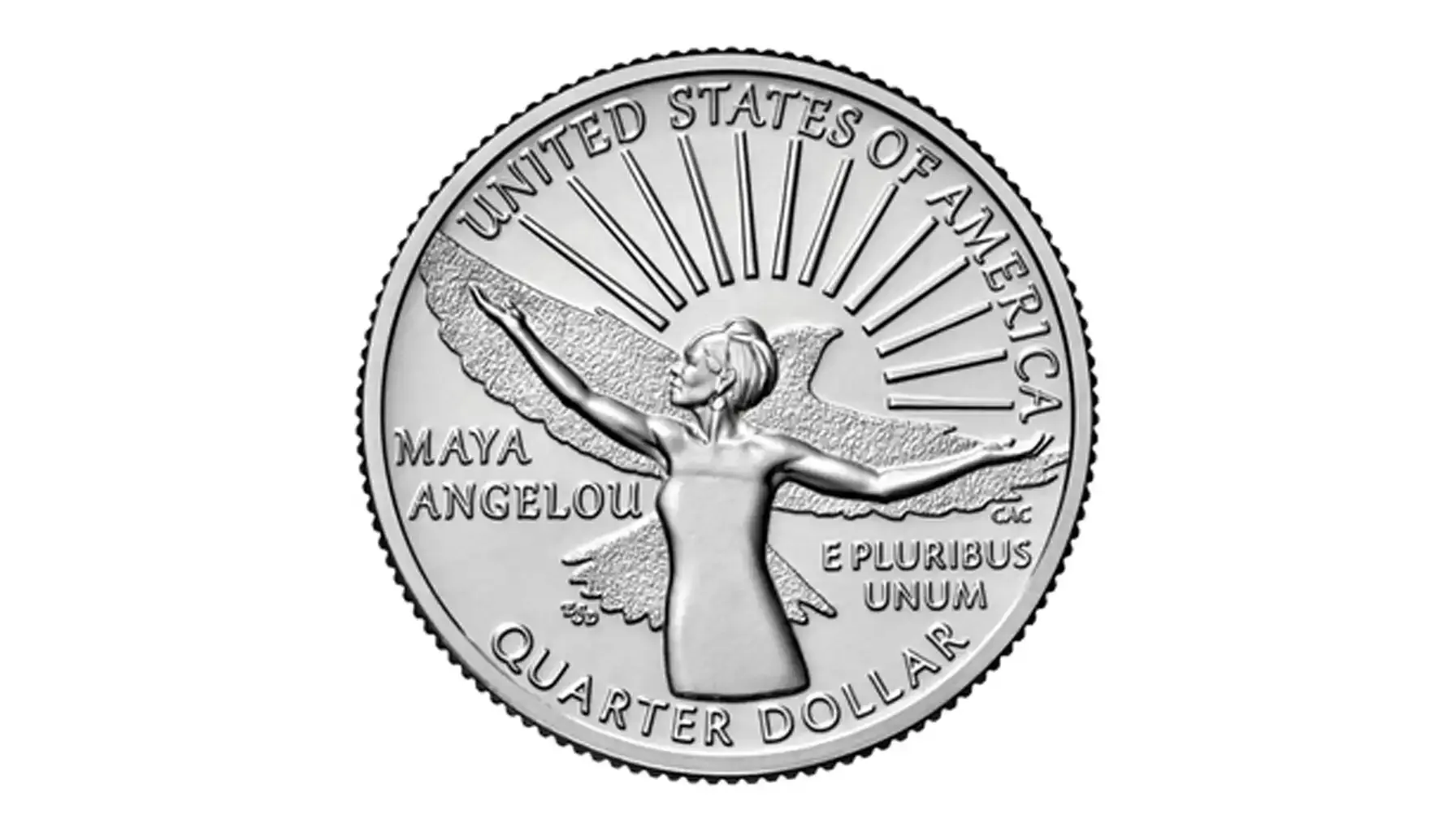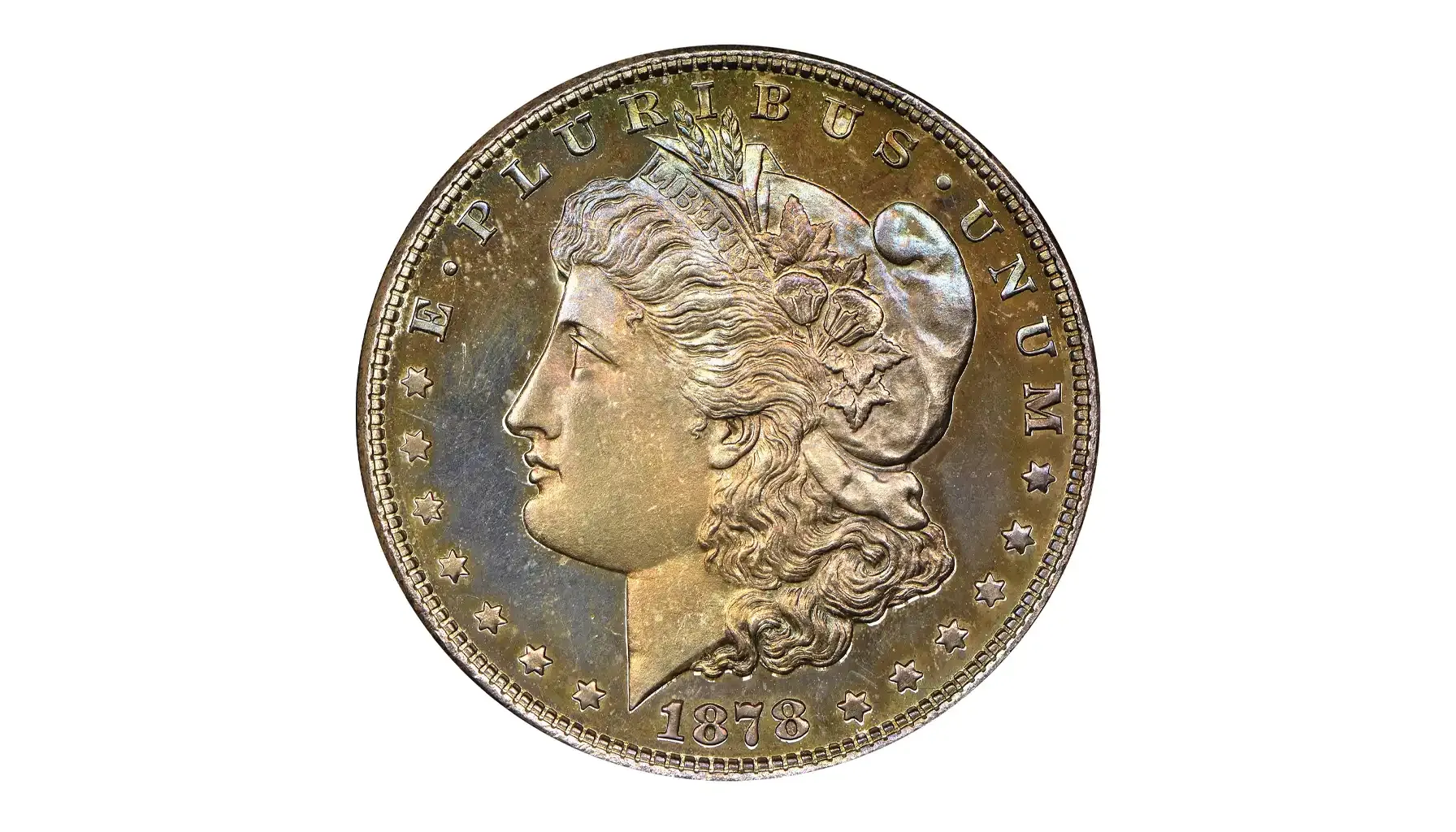Contents:
Do you need to know if your 1954 penny is worth a few cents or a few hundred dollars? We have two ways of saying that, first, let’s talk about the fastest one. The coin Identifier app like Coin ID Scanner is a great tool to start. With one quick scan, it helps you identify the type, condition, and potential value of your coin. It's helpful if you want to spot lesser-known errors and confirm mint marks across your collection.
Face value | One cent ($0.01) |
Coin diameter | 1.75 inches (19.05 mm) |
Coin weight | 0.1097 oz (3.11 g) |
Compound | An alloy of 95% copper with zinc or tin |
Coin thickness | 0.03937 inches (1 mm) |
1954 Wheat Penny Mints and Production Numbers
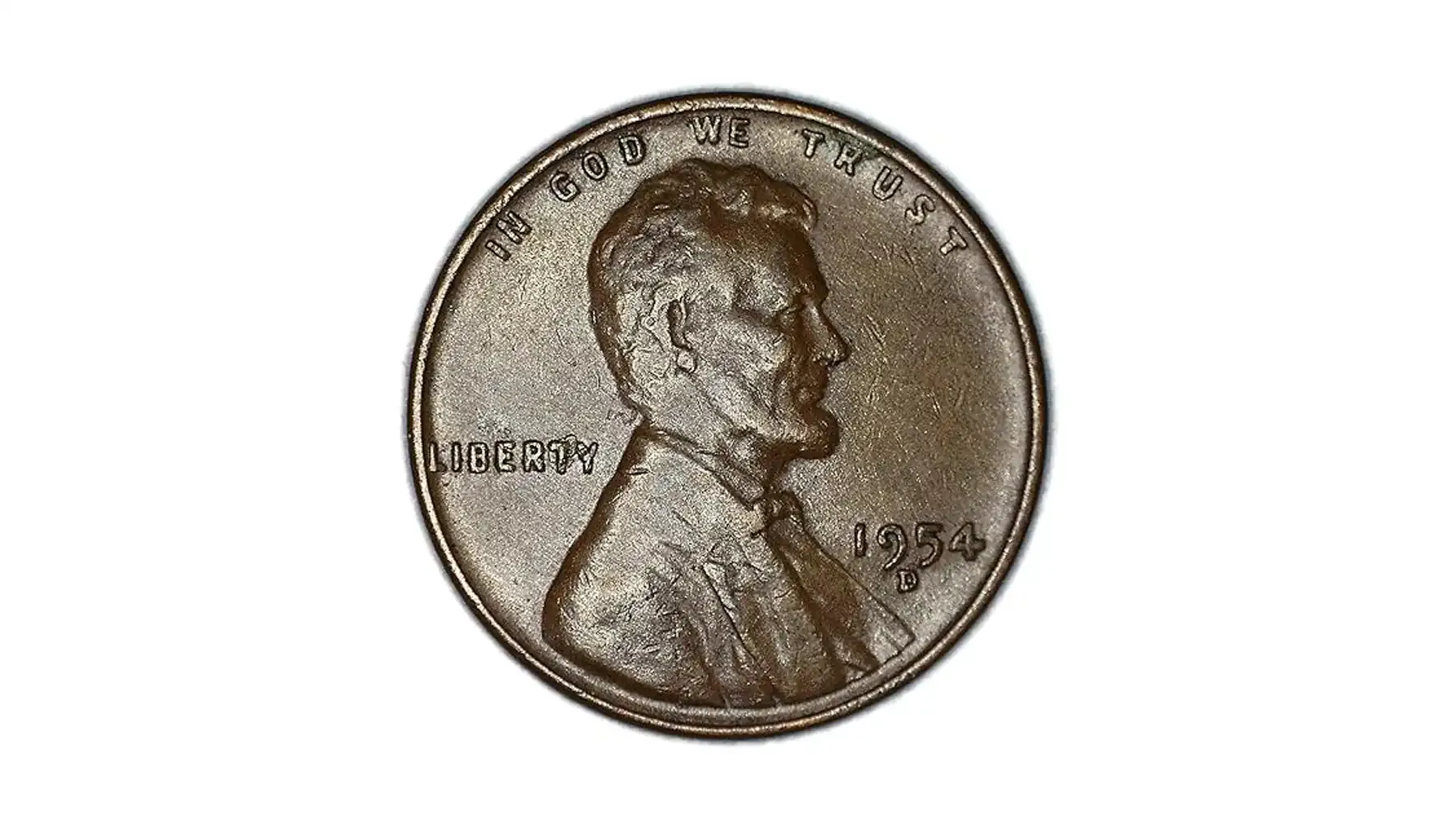
The U.S. Mint issued the 1954 from three locations: Philadelphia (no mint mark), Denver (D), and San Francisco (S). Together, they produced over 419 million pieces, it was a high-output year, but not without standout coins.
Location | Coin Type | Mint Mark | Mintage |
Philadelphia | 1954 | None | 71,640,050 |
Denver | 1954 D | D | 251,552,500 |
San Francisco | 1954 S | S | 96,190,000 |
San Francisco | 1954 Proof (Not intended for circulation) | S | 233,300 |
The 1954 D Wheat Penny had the largest run. Still, quantity doesn't always mean lack of interest. On the contrary, 1954 is the year of different varieties and high-grade examples.
1954 Penny Value Chart
MS-67 | $417 |
MS-66 | $35 |
MS-65 | $14 |
MS-64 | $7 |
MS-63 | $6 |
Uncirculated | $40 |
AlmostUnc-50 | -- |
ExtraFine-40 | -- |
VeryFine-20 | -- |
Fine-12 | -- |
VeryGood-8 | -- |
Good-4 | -- |
For other coins to watch, check out rare nickels that may surprise you in your collection.
1954 D Wheat Penny Value
The 1954 D wheat penny value typically ranges from a few cents in circulated condition to around $10–15 in MS65 Red. Top-graded MS67 RD examples have sold for over $150 at auction.
That said, the 1954 D wheat penny error coins are what drive more attention. Several varieties exist, especially RPMs (repunched mint marks), including the D/D North, D/D South, and D/D East.
If you’re asking, "What is a 1954 D penny worth?", the answer depends on grade, color, and whether it carries a recognized error. For example, uncirculated 1954 penny D examples start around $1 and climb rapidly with quality.
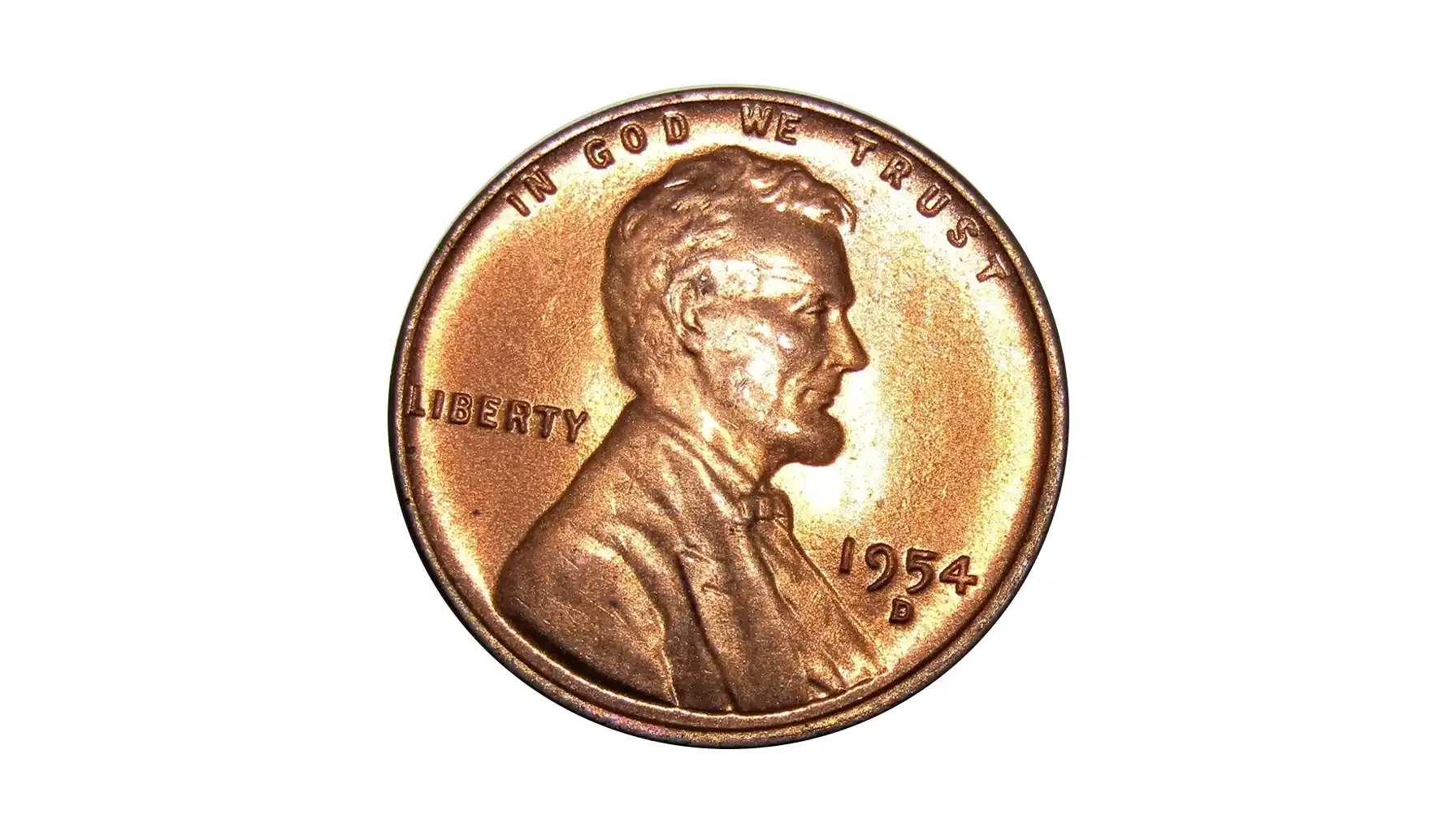
1954 S Wheat Value
The 1954 S is a bit more interesting to collectors than the Philadelphia issue because of its slightly lower mintage and stronger strike quality in some batches. The 1954 S wheat penny value stays around $0.05 to $0.30 in lower grades, but high-grade MS66–67 Reds push into the $200–300 range.
How much is a 1954 S penny worth? That depends on whether it's a mint state example, and if so, how clean the surfaces are. 1954 S penny value today can be as high as $12,000, it’s a record auction price for a certified MS68 RD from PCGS.
If you have a full red gem with strong luster and no distracting contact marks, you should definitely examine it. By the way, want to see another recent release with collector comments? Here’s a breakdown of the 2024 Patsy Takemoto Mink Quarter.
Rare 1954 Penny Errors
Repunched Mint Mark (RPM): known examples of 1954-D RPMs make this one of the better years to cherrypick rolls or bulk lots. Values run from $10 up to $75 depending on strength and grade.
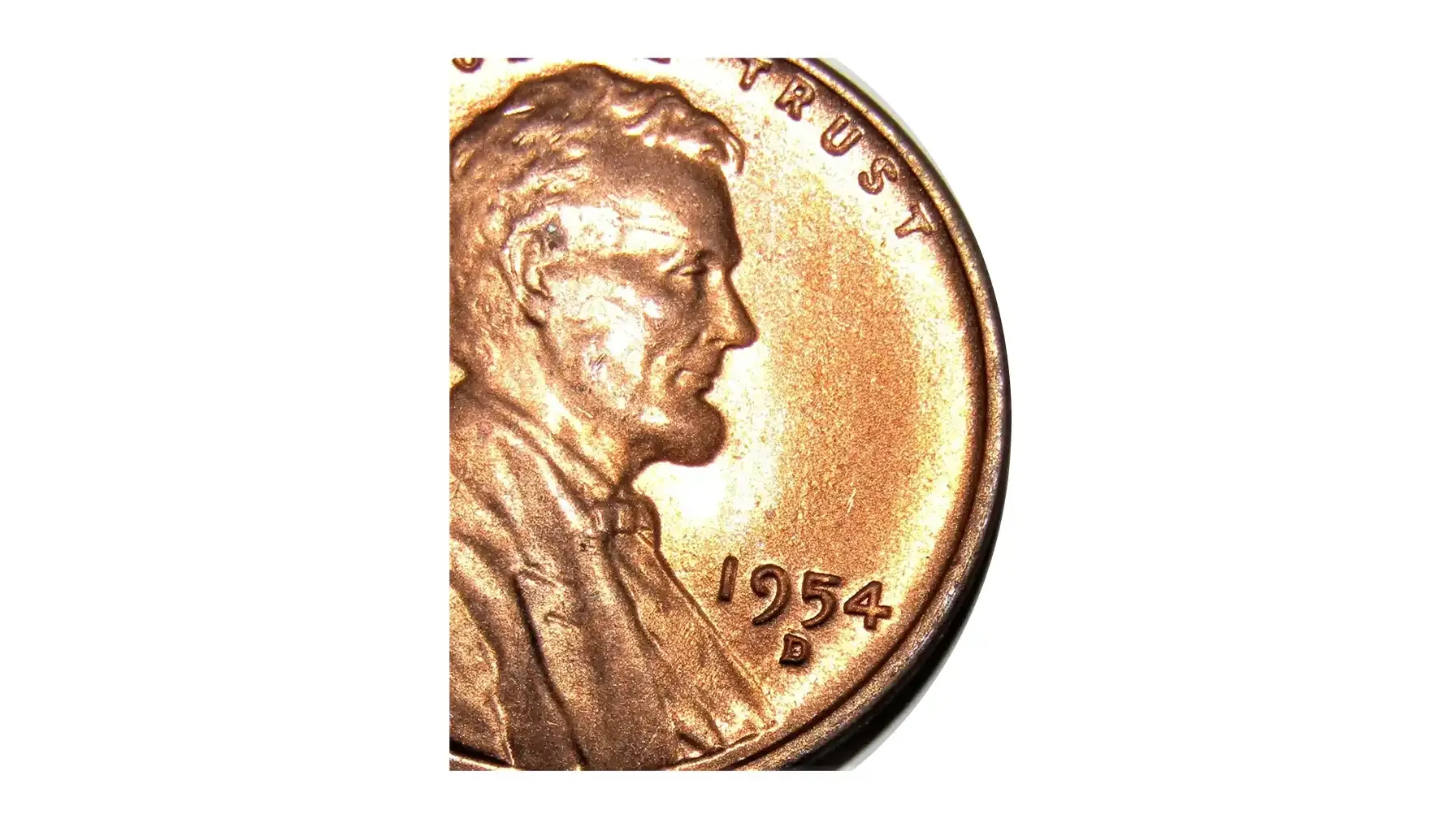
Doubled Die Obverse: although rare, some 1954 D coins exhibit doubling on LIBERTY and the date. When certified, these coins can cost anywhere from $40 to over $300.
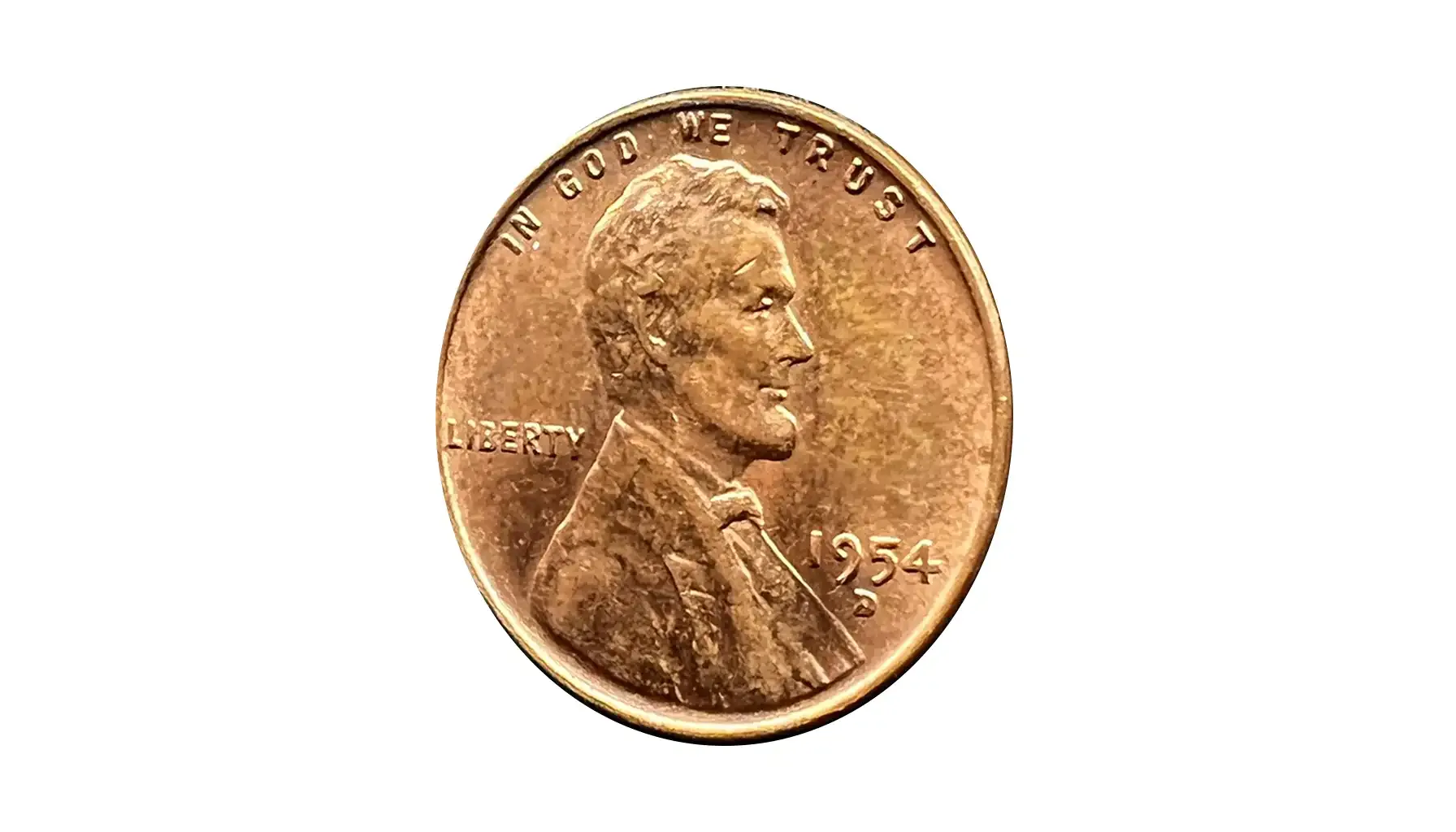
Struck Through Errors: grease-filled dies and foreign objects can leave wild impressions on the coin’s surface. Prices vary heavily.
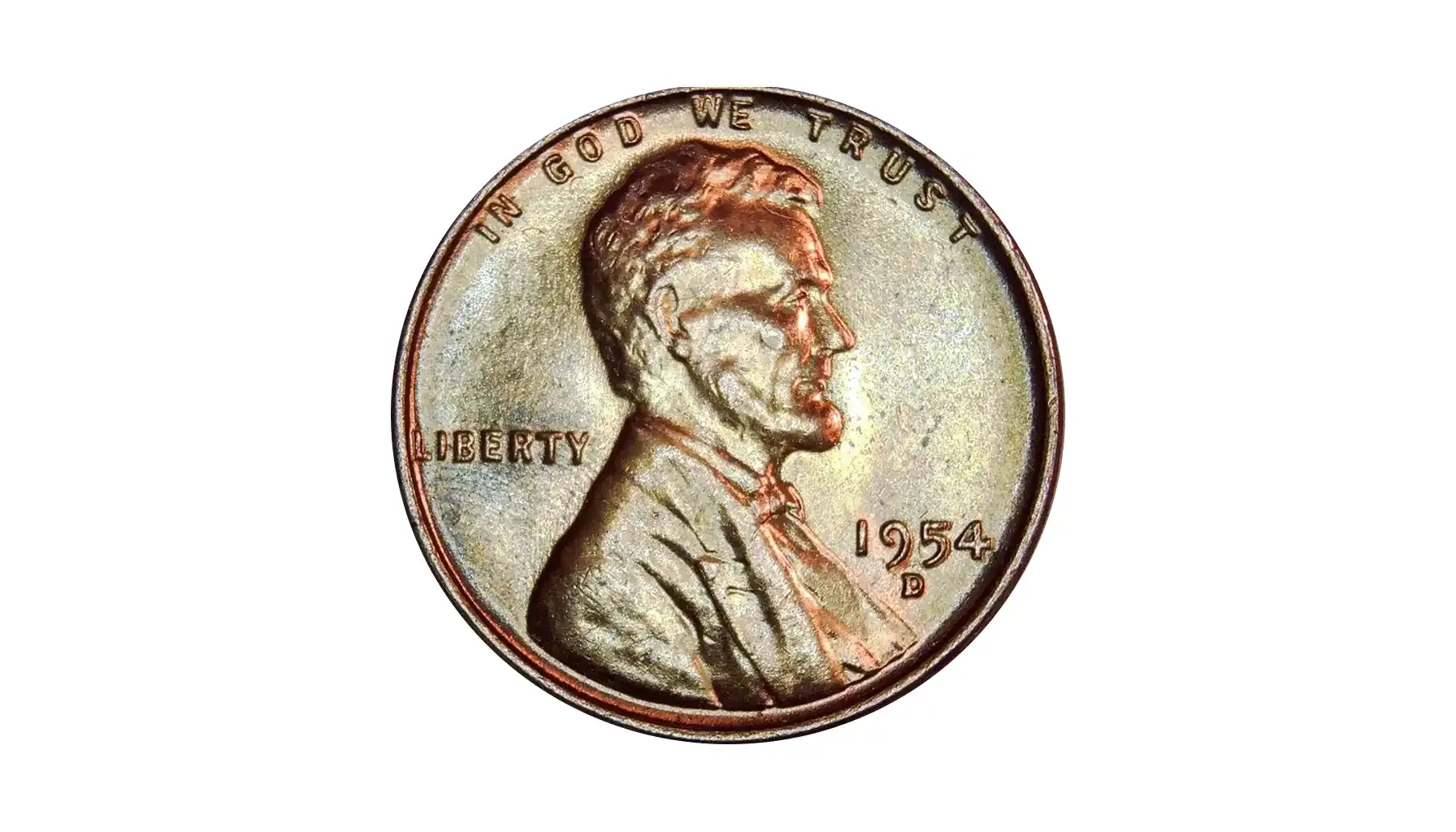
Off-Center Strikes: coins struck off-center are collected by error enthusiasts, especially coins missing 10–20% of the design.
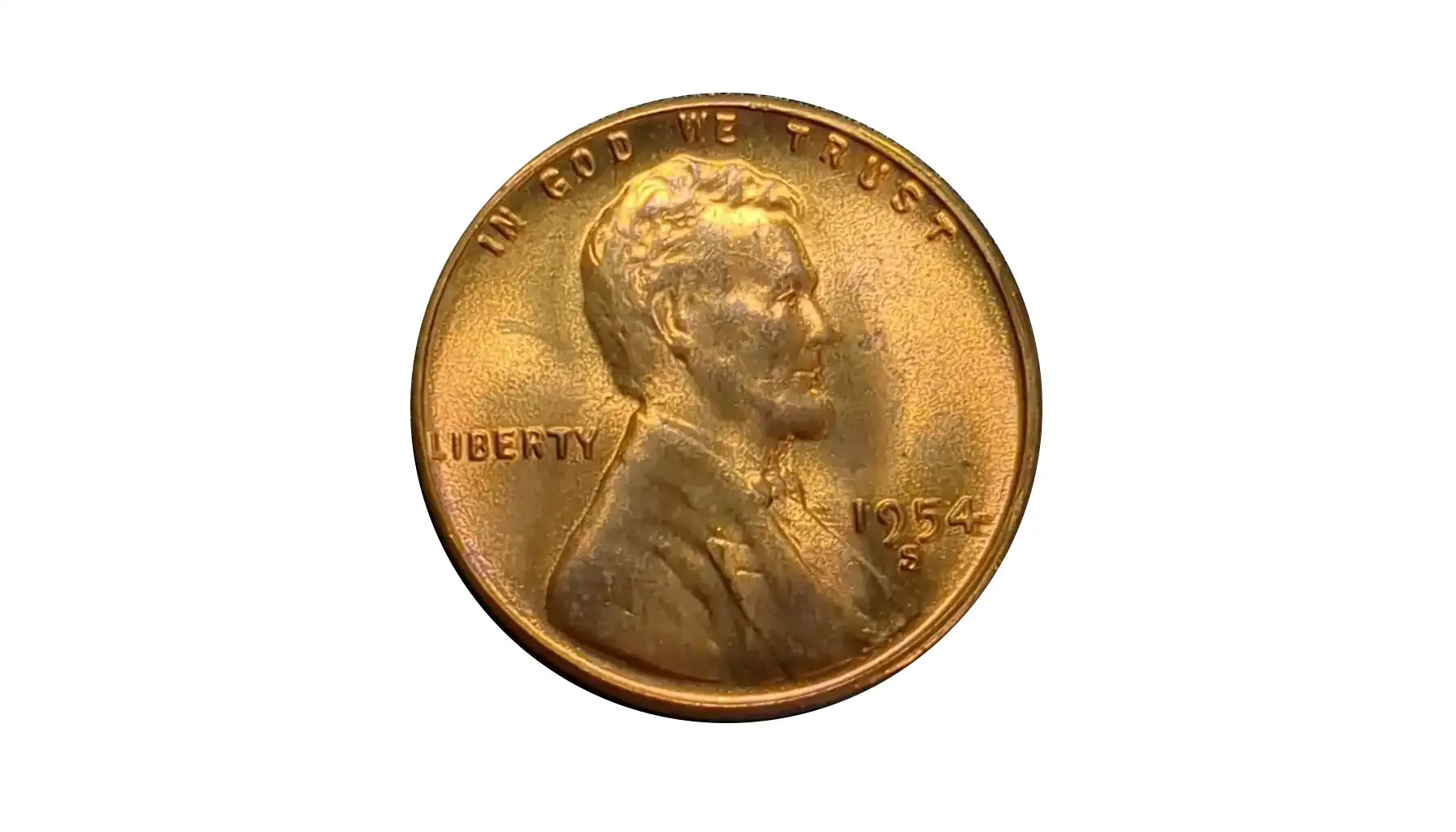
1954-S Wheat Penny Error Listings
Less common than Denver, but still collectible:
Die Cracks and Cuds: seen on the reverse wheat stalks or lettering.
BIE Error: classic die break between the "B" and "E" in LIBERTY. Popular this year.
Misaligned Dies: when dies aren’t aligned correctly, the coin can look off-balance.
1954-S wheat errors vary greatly in value. Expect $10 to $100+, depending on clarity and how unusual the error is.
How Much Is a 1954 Penny Worth? If you're holding a circulated 1954 wheat penny, it's worth 5 to 30 cents. That changes if it’s uncirculated or holds a strong error. Proofs and high-end certified examples with full red color push into three-figure territory.
As for how much is a 1954 D penny worth, in average circulated shape, around 10 cents. But nice MS65 RD pieces go for $10+, and 1954 D worth climbs into triple digits when graded above MS66.
Likewise, how much is a 1954 S wheat penny worth depends on condition, but the high end ($12,000 auction sale) shows what the best of the best can bring.
Market Trends and Why 1954 Still Matters
Collectors dismiss 1950s cents because of high mintage numbers, but people who study the market understand the nuances:
There's strong demand for red, gem-quality pieces
Error hunters actively look for RPMs and DDOs
Proofs are undervalued relative to rarity
Set builders still need high-end examples
The 1954 D wheat penny worth more attention today due to active trading and a steady stream of new RPM varieties being documented. Meanwhile, the 1954 S wheat penny worth exploring for sharp prooflike strikes in mint state.
Final Notes for Collectors
If you’re new to Wheat cents, the 1954 one is a good start. It’s affordable in circulated grades, abundant enough to find raw, but interesting enough to reward close study.
To sum up:
1954 has modest value unless mint state or proof.
1954 Dincludes several desirable error varieties.
1954 S wheat penny value chart shows dramatic jumps in value above MS66.
1954 S penny worth collecting if you find full red and minimal contact marks.
Wheat penny 1954 D value sits strong for high grades and error examples.
There’s always something new to discover in the coins we think we already know.
How to Take Care of Your Collection
Preserving older pieces the right way helps maintain their surface quality and long-term condition.
The first rule is to avoid touching the faces and always hold them by the edges. Oils and moisture from your fingers can cause corrosion or spotting over time, especially on uncirculated examples.
Use cotton gloves when handling high-grade items, and avoid any kind of cleaning. Even gentle scrubbing or chemical dips can destroy surface details and lower desirability for collectors.
Storage matters just as much. Use acid-free flips, archival-safe albums, or protective holders made specifically for collectibles. Airtight capsules are ideal for long-term storage. Always keep your collection in a cool, dry environment, away from direct sunlight, fluctuating temperatures, or humidity.
Treating each piece with care now helps preserve its original look and keeps it appealing for decades.
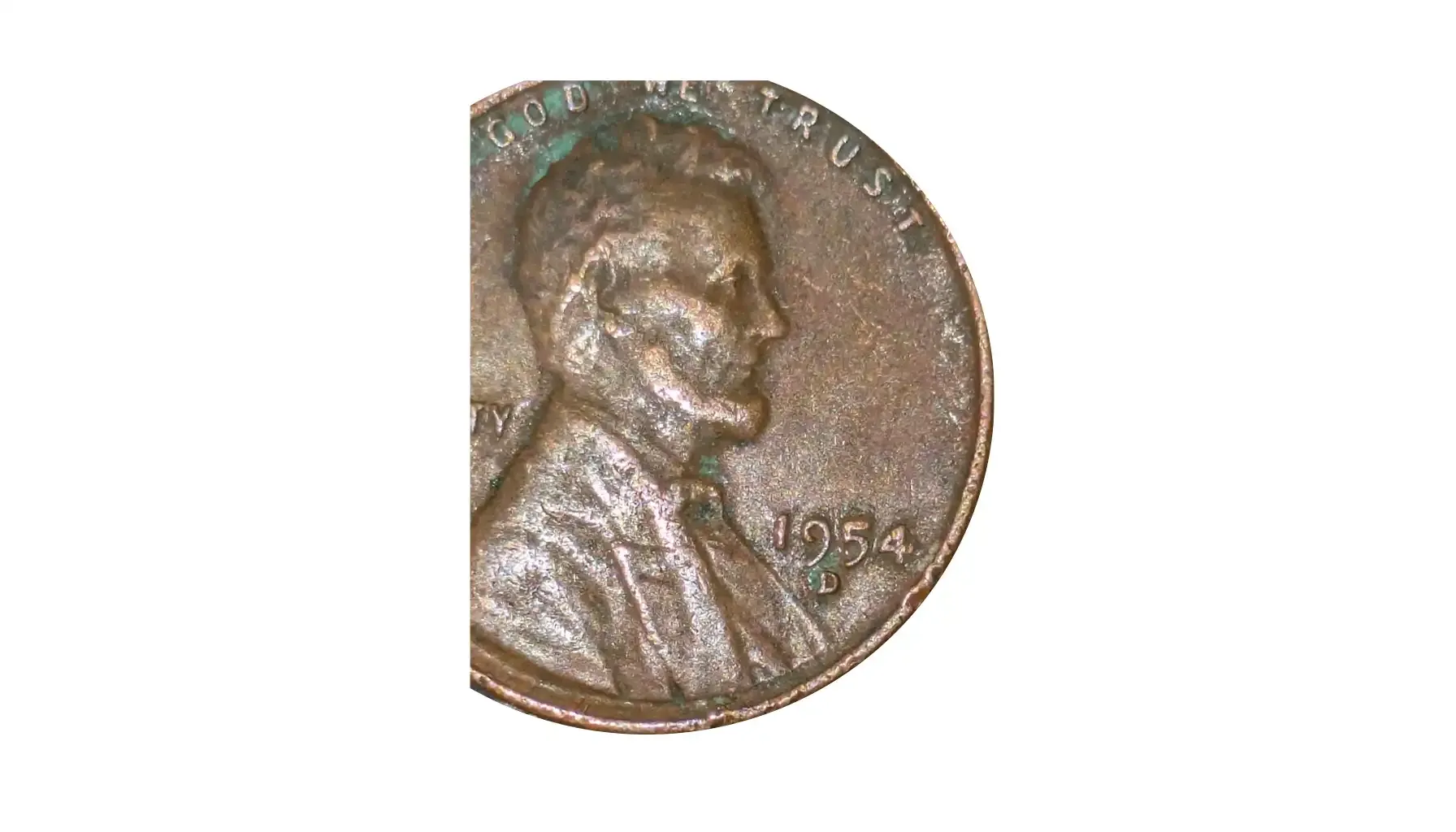
Exploring Classic U.S. Currency Designs
Before digital payments and smart wallets, everyday transactions told stories through the engraved faces in your pocket. Silver certificates, blue seal notes, and from buffalo nickels to bicentennial quarters, U.S. currency has always reflected historical moments and evolving design trends.
If you’re interested in 1950s-era designs or expanding beyond the Lincoln cent, here are a few related items worth checking out:
1955 Double Die Lincoln: one of the most famous varieties in the entire series.
1943 Steel: a wartime curiosity struck in zinc-coated steel.
1944 Wheat on Steel Planche: rare transitional error.
1931-S Lincoln Cent: low mintage and widely collected.
Buffalo Nickels (1913–1938): iconic frontier imagery.
Mercury Dimes (1916–1945): a classic design by Adolph A. Weinman.
Standing Liberty Quarters (1916–1930): short series with powerful symbolism.
Franklin Half Dollars (1948–1963): simple design with strong following.
Designers like James Earle Fraser, Victor D. Brenner, and Augustus Saint-Gaudens left behind more than engravings and they captured eras. Collectors and historians often explore these patterns not for monetary return, but for the connection to forgotten times. If you're building a timeline or just appreciating visual art on a small canvas, this part of American design history still holds weight, literally and figuratively.

